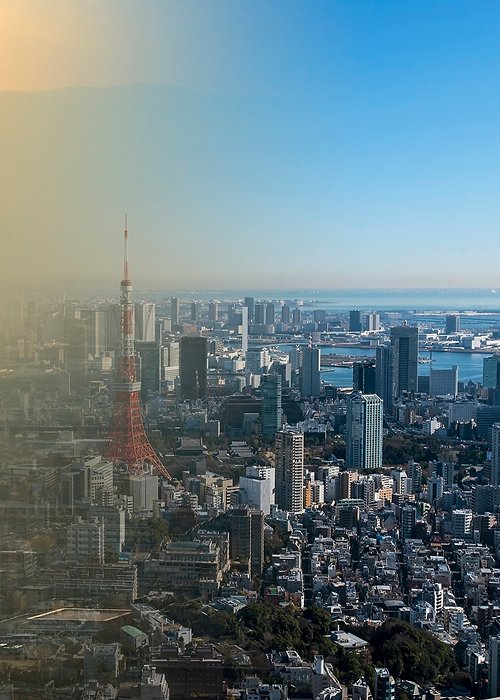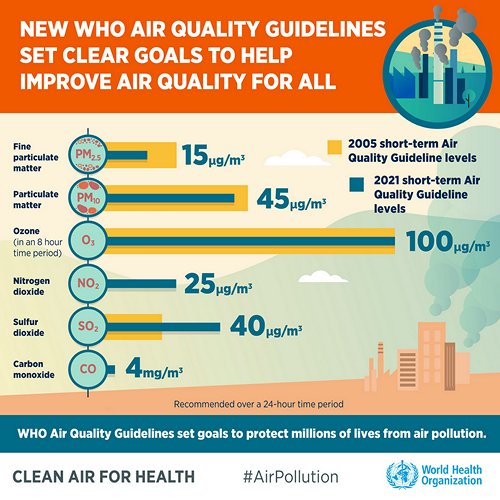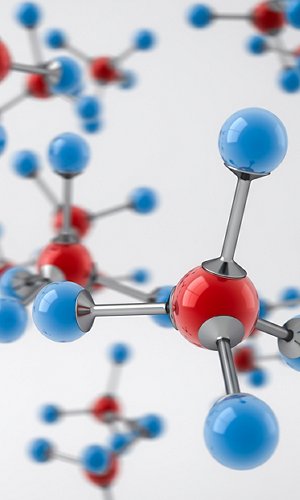In recent days, the World Health Organisation (WHO) has published the new Global Air Quality Guidelines (AQGs), which set new limits for air quality. The new WHO guidelines recommend stricter limits (compared to the levels set in 2005) for six pollutants, the impacts of which on human health from exposure have been proven by numerous studies. These are PM10, PM2.5, ozone (O3), nitrogen dioxide (NO2), sulphur dioxide (SO2) and carbon monoxide (CO). For nitrogen dioxide (NO2), the annual average limits have been reduced to a quarter of what they were in 2005 (10 μg/m³), with a daily limit of 25 μg/m³; for PM 2.5, the annual limit has been halved to 5 μg/m³, with a new 24-hour limit of 15 μg/m³; and for PM10, the annual average limit has been reduced to 15 μg/m³, less than half the current regulatory limit in Europe. A new average limit for ozone of 60 μg/m³ and a new 24-hour limit for carbon monoxide (CO) of 4 μg/m³ have also been introduced.





